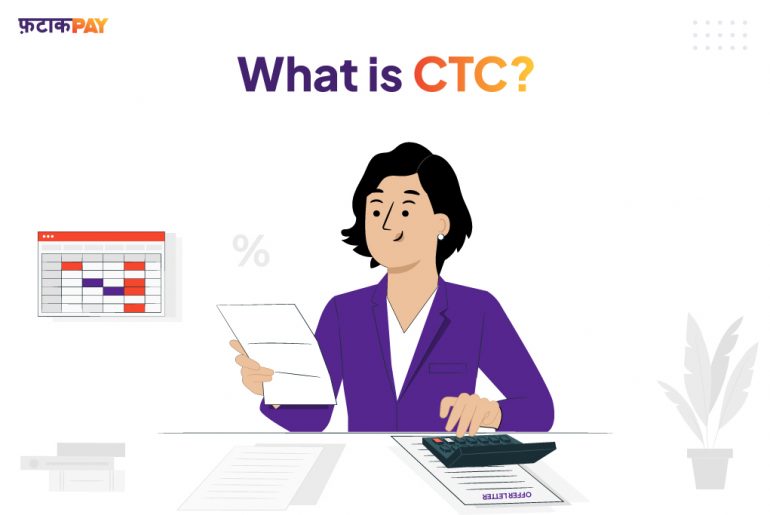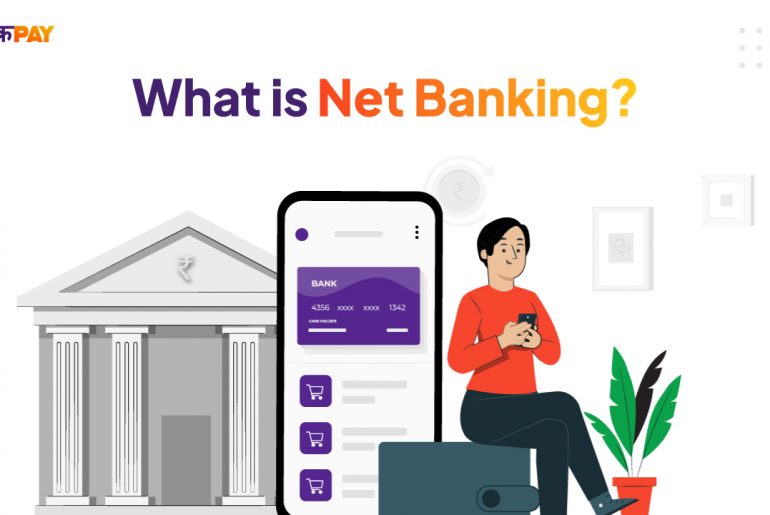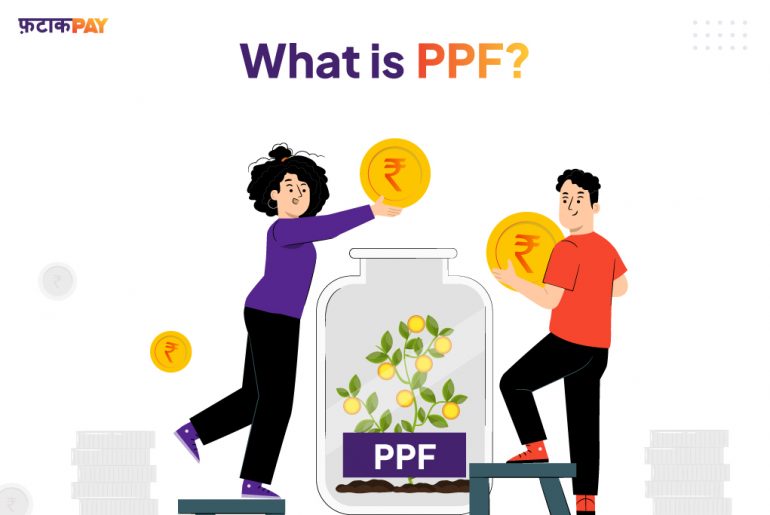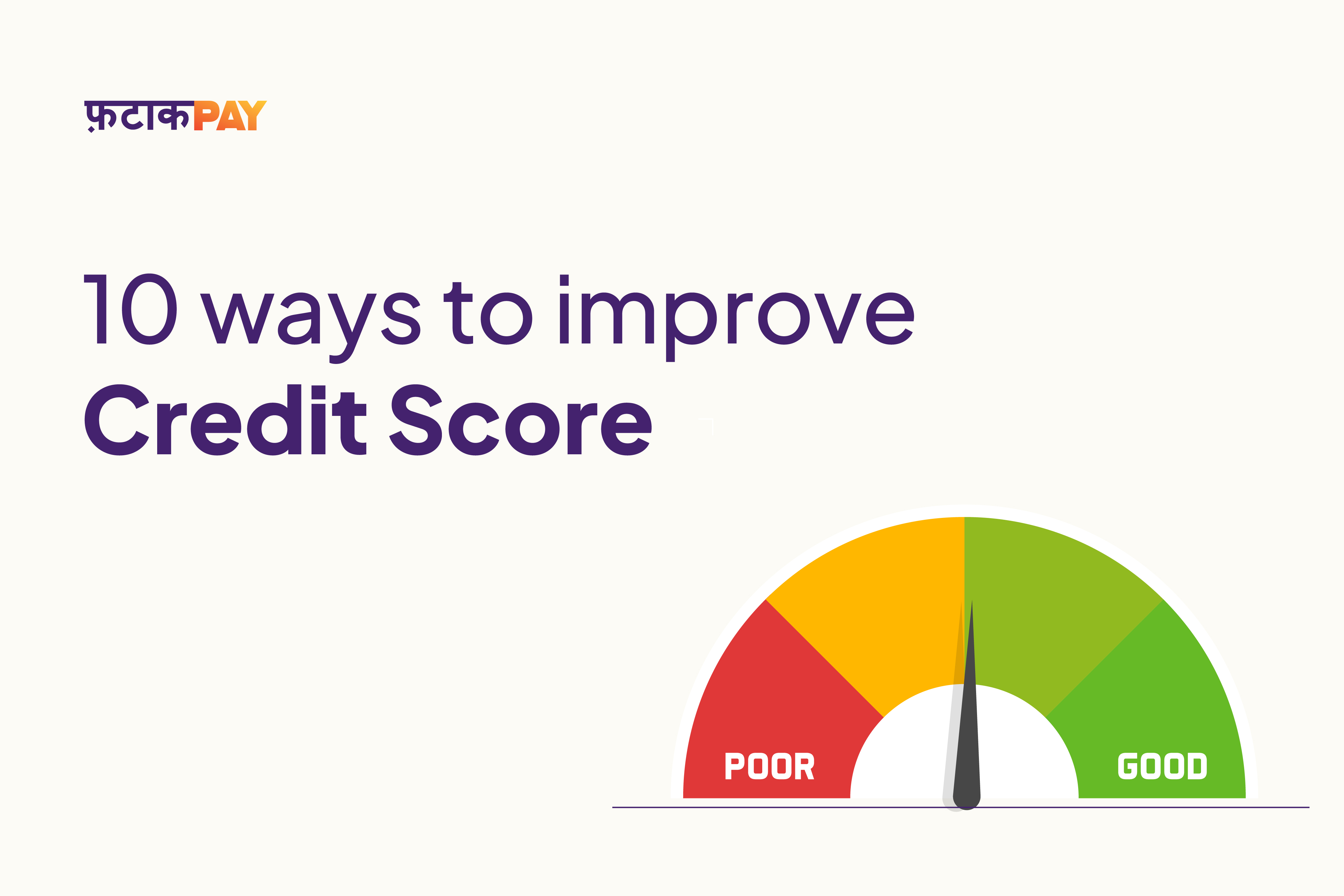The Cost to Company, also known as CTC, is the cost that is paid annually to an employee. The CTC is calculated by adding the employee’s income and additional perks, such as EPF, gratuity, house allowance, meal coupons, medical insurance, travel expenses, etc. The CTC is always different from the amount of money you get to take home. It is also sometimes called the “package” or “total compensation” for a person.
The purpose of CTC is to provide employers with an accurate understanding of the total cost of hiring a person. It allows employers to understand better the cost of providing a person with a job and helps them make better decisions regarding employee management.
CTC Calculation
The CTC consists of all the monetary and non-monetary amounts spent on an employee of the company. The parameters listed below are included in the in-hand salary and in the CTC pay. They are as follows:
CTC is calculated using the following formula:
CTC = Gross salary + Benefits* + Savings contributions or deductions
*Benefits can be of the following types:
Direct benefits
Direct benefits are sums the company delivers to employees monthly as part of their take-home pay or net wage, subject to government taxes. They are as follows:
- Basic salary
- House Rent Allowance (HRA)
- Leave Travel Allowance (LTA)
- Telephone or mobile phone allowance
- Vehicle allowance
- Special allowance
Indirect Benefits
Indirect benefits are those the employee receives at no expense to the organisation. The employee’s costs are paid for on their behalf by their company, and the amount is added to the employee’s CTC.
- Bonuses or incentives based on performance
- Overtime compensation
- Employer-provided accommodations
- The employer pays for utilities such as power and water.
- Salary arrears
- Coupons for meals
Savings Contribution
Savings contribution is the amount of money an employee contributes to their CTC, for example, EPF for retirement. They are as follows:
- Gratuity Amount: According to Indian legislation, it is paid at 4.81%, and the employee forfeits the sum if he or she leaves the company before completing 5 years of service.
- Employer Provident Fund Contribution: The employer contributes 12% of an employee’s base pay to their PF account.
- Superannuation: A predetermined sum is donated to an account, from which the employee withdraws when they retire.
CTC example
If an individual earns 60,000 and their employer contributes an additional 5,000 for health insurance, the CTC is 65,000.
“ Due to legal constraints, companies frequently put some CTC in the special allowances category.”
What is the gross salary?
The money a person receives each month or year before deductions is their gross salary. Gross salary comprises all sources of income and is not limited to cash payments.
Basic pay, house rent allowance, provident fund, leave travel allowance, medical allowance, and professional tax are among the most essential components of gross remuneration. Employees compensated for their efforts are sometimes paid a gross wage as their CTC.
The various components of Gross Salary
1. Basic salary
The term “basic salary” refers to the percentage of an employee’s overall income that includes no allowances or perquisites. The basic pay is not subject to any tax breaks or deductions. A person’s basic salary is usually less than their take-home or gross pay.
2. Perquisites
Perquisites are benefits provided to employees in addition to their base wage and specific allowances, such as health insurance. They can be classified as benefits received by an employee as a direct result of their employment in an organisation. These perquisites are additional monetary or non-monetary benefits provided to employees in addition to their salaries and allowances.
3. Arrears
An arrears payment is a sum payable to an employee due to a wage increase or raise.
4. House rent allowance
A house rent allowance, or HRA, is a monetary benefit an employer grants to help with living expenses. An employee’s housing allowance (HRA) can be used to pay the cost of renting a home near their place of employment.
Gross salary: Components that are not present
- Payment of medical bills
- Travel concessions
- Leave encashment
- Free lunches, snacks, or other refreshments.
- Gratuity
Additional links:
Thank you for reading our blog! We hope you can apply these learnings when you consider opening a Demat account 🙂 Here are some other blogs/LinkedIn articles for you to check out.
https://www.linkedin.com/pulse/what-nbfc-fatakpay/?trackingId=D2%2B1JHBR2HJnAYNnR2K8Rw%3D%3D
About FatakPay:
FatakPay provides virtual credit facilities for all. It’s available on your phone and caters to your everyday needs in both online and offline formats. Payments are done seamlessly through UPI/QR codes. The solution provides an almost zero cost, free, quick, transparent and secure way to transact in a multilingual format with a Scan Now, Pay Later facility and easy repayment options.
Link to the Website: https://fatakpay.com/
Link to FatakPay App: https://link.ftkp.in/2uSI/dkasgvnf







